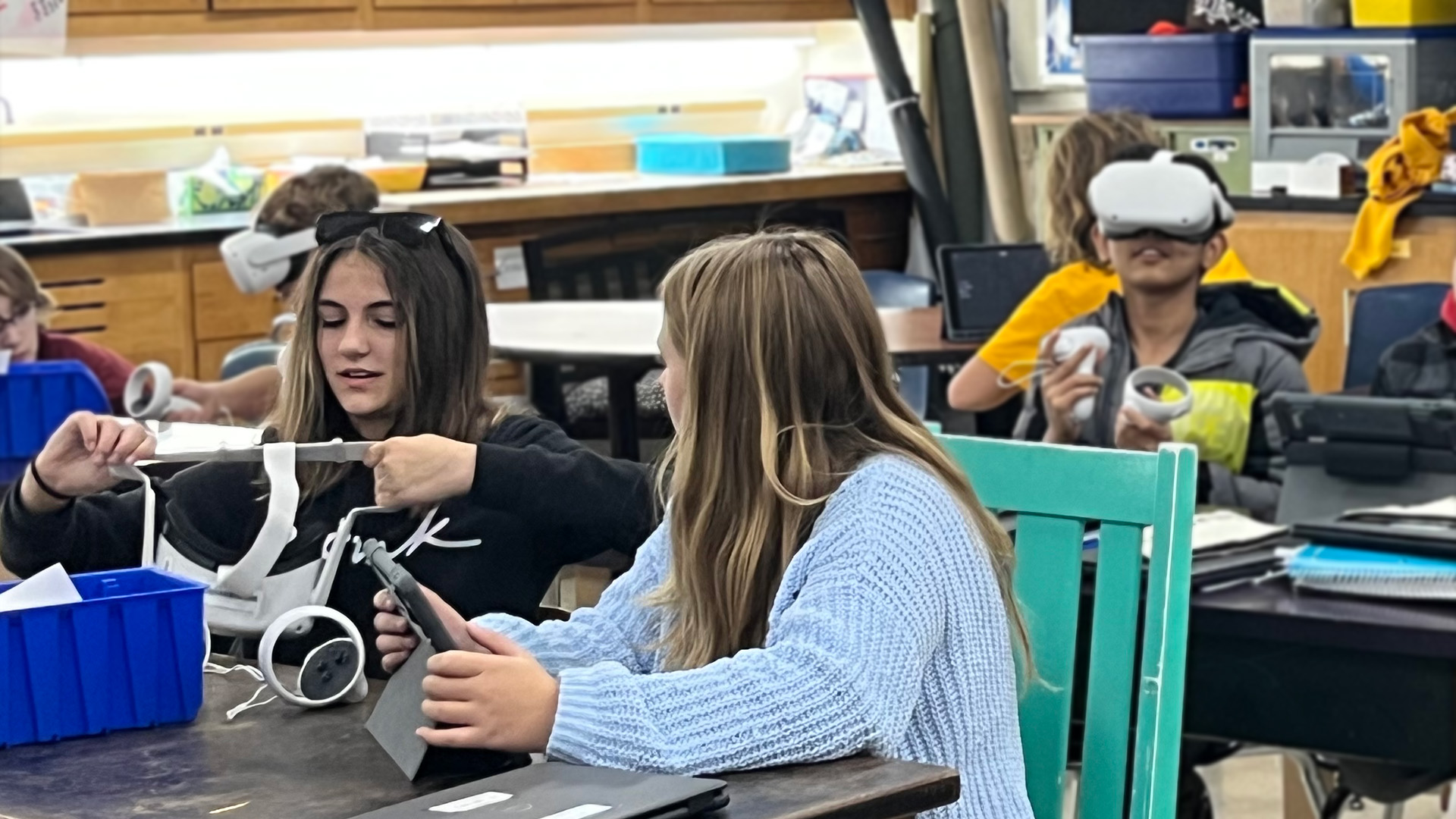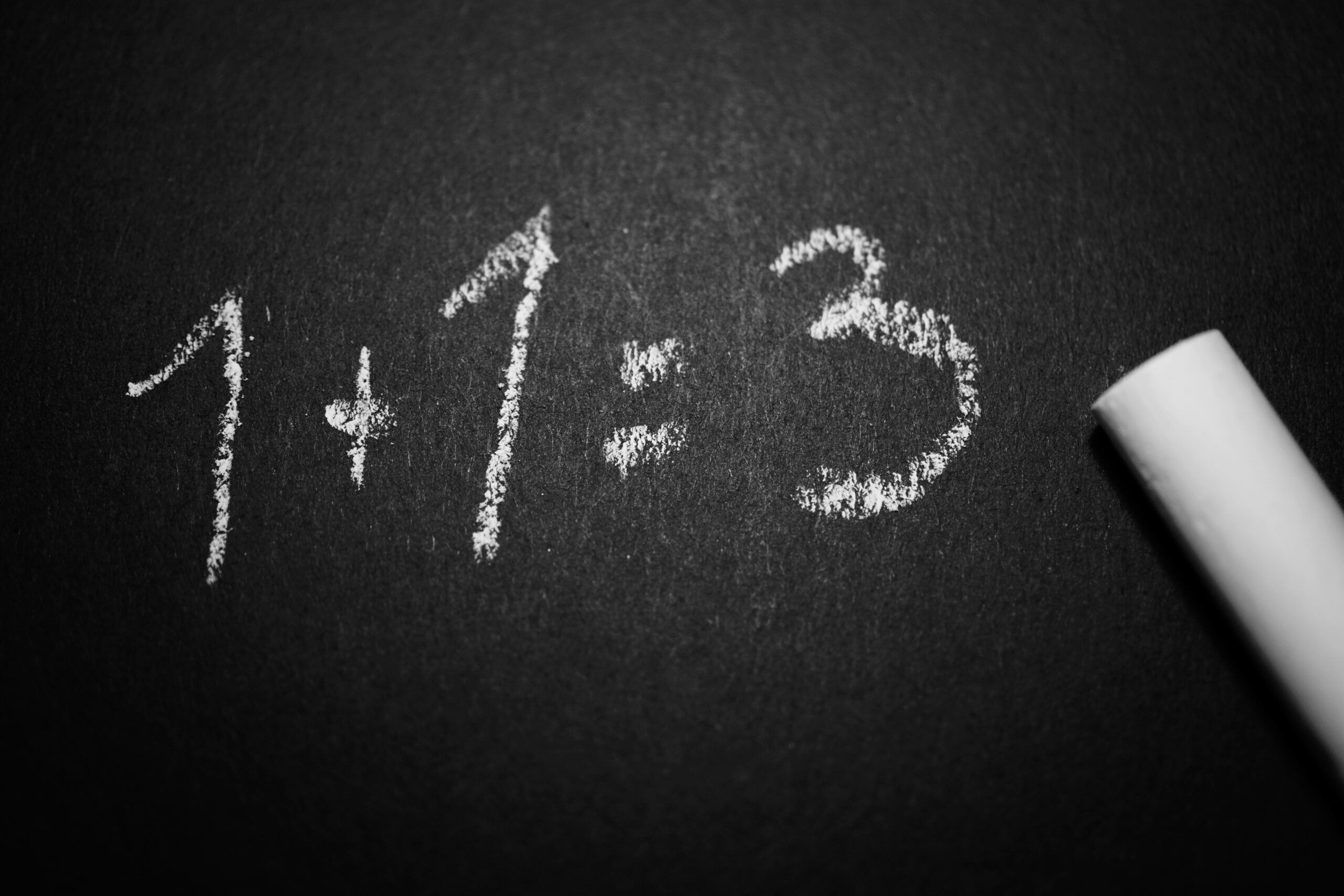
Ninety-eight percent of all rockets veer off course. Astronauts understand this. Their job isn't to be perfect but to continuously adjust their path throughout the mission. Their success lies in their ability to make corrections, not perfections. Similarly, imagine if students approached their learning the way astronauts approach their missions—understanding that making mistakes and facing challenges are the reasons for their education.
If students valued the learning process more than the final product, they would see the value of mistakes and productive failure. What if there was a tool that naturally supported trial and error? Virtual Reality (VR) learning provides just that—a safe and immersive environment where students can experiment, fail, and learn without the fear of judgment.

Rethinking Right: Why mistakes build student learning and adaptability
Being right is often rigid, defined by clear distinctions between what is correct and what is not. But learning is not a static process; it's dynamic, evolving through cycles of trial, error, and refinement. Students are conditioned to prioritize being right, which can lead to rigidity. In contrast, workplace skills increasingly value adaptability and fluid thinking which raises the question:
Should we focus on teaching students to find the 'correct' answers, or should we encourage them to value and learn from their mistakes?
It's not so much that we must provide corrective feedback, which is undoubtedly valuable. It's about getting students to understand the why behind right or wrong. When we tell students their answer is correct, often there isn't a pause or a reflection for why, and the same can be said for wrong answers, too. Yet, as Matthew Syed points out in his book, Black Box Thinking, "Every error, every flaw, every failure, however small, is a marginal gain in disguise." Getting students to view those mistakes for the gains they really are builds genuine learning.
Carol Dweck's research further supports this idea. Her studies on growth mindsets reveal that abilities can develop through effort and perseverance. This means that students who embrace a growth mindset, accept challenges, persist despite setbacks, view effort as a pathway to mastery, and see feedback as a tool for improvement. This mindset is a precursor to academic success, but it also cultivates resilience and a commitment for lifelong learning.
After all, it's not called neurorigidity. It's neuroplasticity that shapes our approaches and perspectives to learning. Jason S. Moser's studies at Michigan State University found that a growth mindset leads to a deeper processing of errors, as evidenced by stronger brain activity. This engagement with mistakes supports learning, ultimately improving performance and adaptability.
The challenge isn't to teach facts but to build learning attitudes that view challenges as stepping stones to greater understanding and capability.
How VR learning supports productive failure and follow-ups for students
VR in education removes the stark rigidity of right versus wrong and encourages students to keep trying and persisting despite their errors. Instead of the teacher prescribing the learning process, VR learning encourages student-led problem-solving and creativity.
For example, Justin Kosek, a sixth-grade teacher and Dean of Students at West-Allis Middle School, observed students adopting growth mindsets effortlessly when faced with challenges. While designing a video game on the water cycle, his students needed help finding the assets they wanted. Instead of giving up, they tapped into their creativity to invent new ones, turning limitations into opportunities. Not only that, students deeply understood the cadence and the why behind the water cycle by creating (and failing) and iterating on their designs. Their VR-designed games helped them understand the complexities of the water cycle that traditional methods simply can't.
Similarly, Jennifer Kempka's students used VR headsets to create their own fantasy islands. They demonstrated initiative and complex problem-solving beyond their initial scope. They designed custom assets and interactions for an entirely student-made emergency response simulation. VR learning supports students' ability to embrace and overcome challenges, even their own making.
Moreover, VR establishes a safe, immersive environment where students can experiment, fail, and refine without the fear of judgment. This setting is ideal for students to see feedback as a tool for continuous improvement. For example, when a student created a VR Starbucks, she changed it from a solitary study space to a social hub based on peer suggestions. VR learning encourages students to be open-minded and responsive to constructive feedback.

How VR helps students make mistakes and learn from them
One of the major challenges with traditional classroom settings is their inadvertent promotion of 'studenting'. This term captures the obvious and more discreet strategies students use to navigate the education system:
- calling out
- pencil sharpening
- bathroom breaks
- mimicking the teacher
Typically, it is whatever path has the least resistance. Peter Liljedhal, author of Building Thinking Classrooms in Mathematics, identifies these studenting behaviors as 'slackers, stallers, and fakers', with the fakers being the least obvious and most insidious in learning avoidance. Unfortunately, these behaviors happen at the expense of genuine learning. On the EdSurge Podcast, Liljedhal shares more about these avoidant learning behaviors. He notes, "[These students] are often more interested in achieving grades than learning."
These behaviors are symptomatic of a deeper systemic issue within education: overemphasizing assessment scores and grades at the expense of authentic learning experiences. This system stifles creativity and critical thinking but fails to prepare students for real-world challenges, where problem-solving and adaptability are far more important than rightness.
VR learning environments offer a radical departure from the traditional model while still helping students achieve learning goals. In VR settings, students are not constrained by the fear of grades, which liberates them to explore, make mistakes, and learn from them—critical components of effective learning. Virtual reality offers a platform where learning is measured by the depth of understanding and the ability to apply knowledge in novel contexts, not just by recalling information or mimicking procedures.
By integrating VR into educational settings, we can shift the focus from grade-oriented learning to a more holistic approach where students are motivated by curiosity and the joy of discovery. This not only makes learning more engaging but also more effective, as students learn to value the process of learning itself rather than just the outcomes.
Help your students see value in making mistakes with VR learning
VR encourages students to actively participate in their learning–where mistakes aren't monsters; they're milestones.
Platforms like Zoe Immersive turn errors into learning junctures by changing students from passive information recipients into active doers and thinkers. In a VR setting facilitated by Zoe, students can't remain passive; they are compelled to engage deeply, solve problems, and think critically. Students are no longer surviving academic challenges; they're thriving through them, cultivating both a growth mindset and grit.
Zoe's VR learning naturally integrates the principles of a growth mindset and grit, so students enthusiastically welcome challenges.
Don't just read about VR's potential—experience it for yourself. Schedule your demo today and see how our VR headsets cultivate critical thinking, resilience, and discovery. Take the first step towards giving your students the determination and problem-solving skills they'll need for tomorrow.


